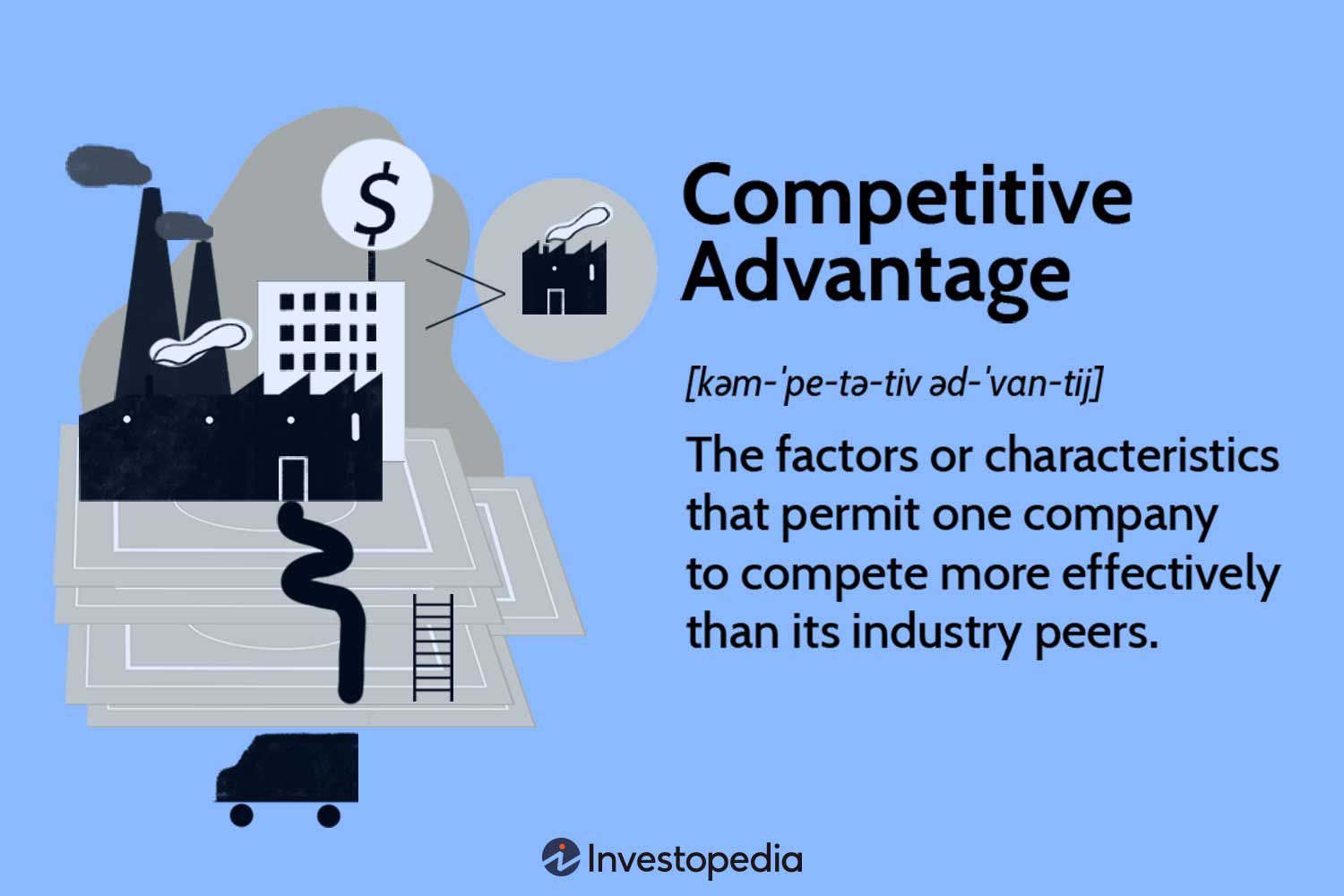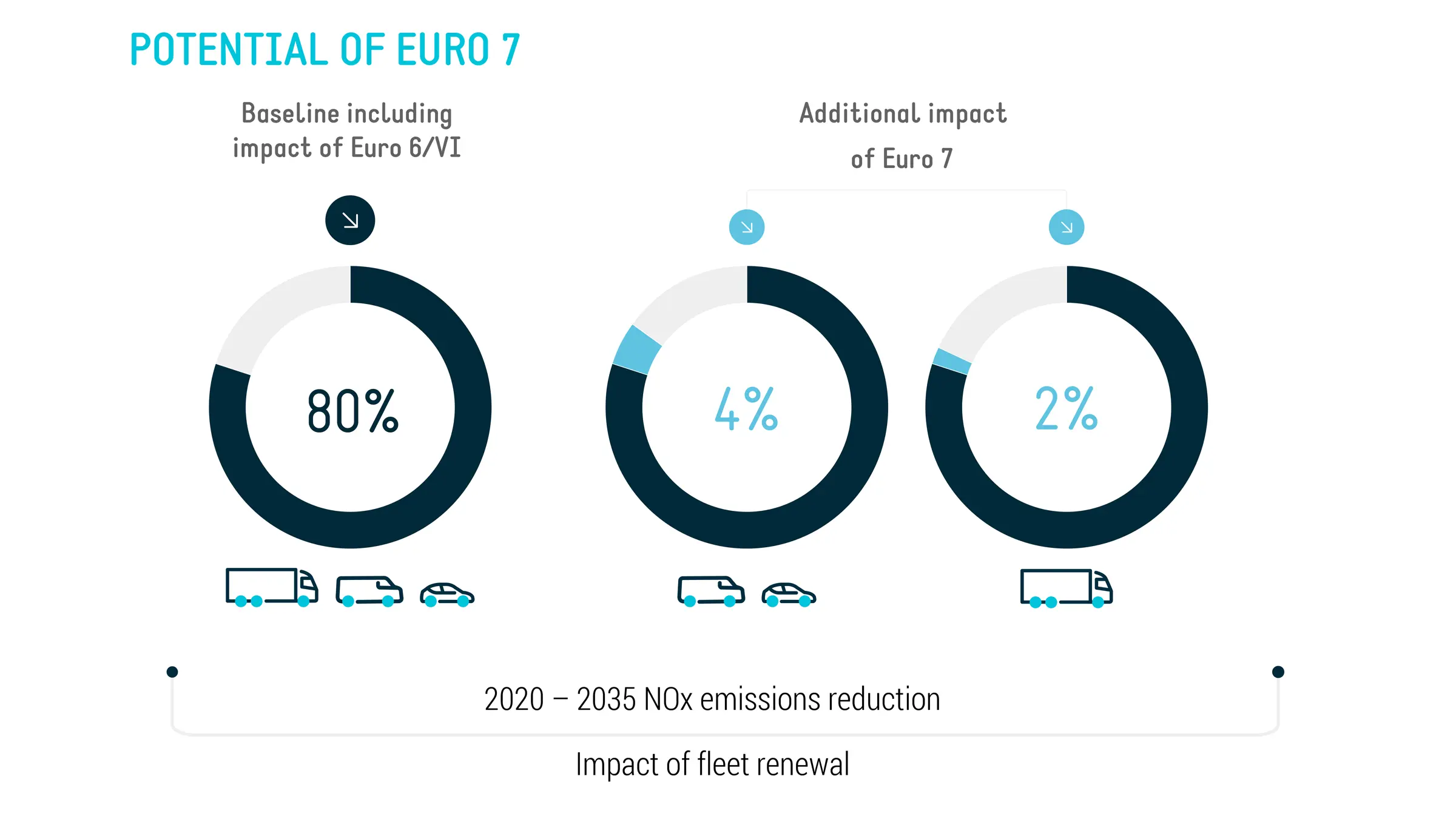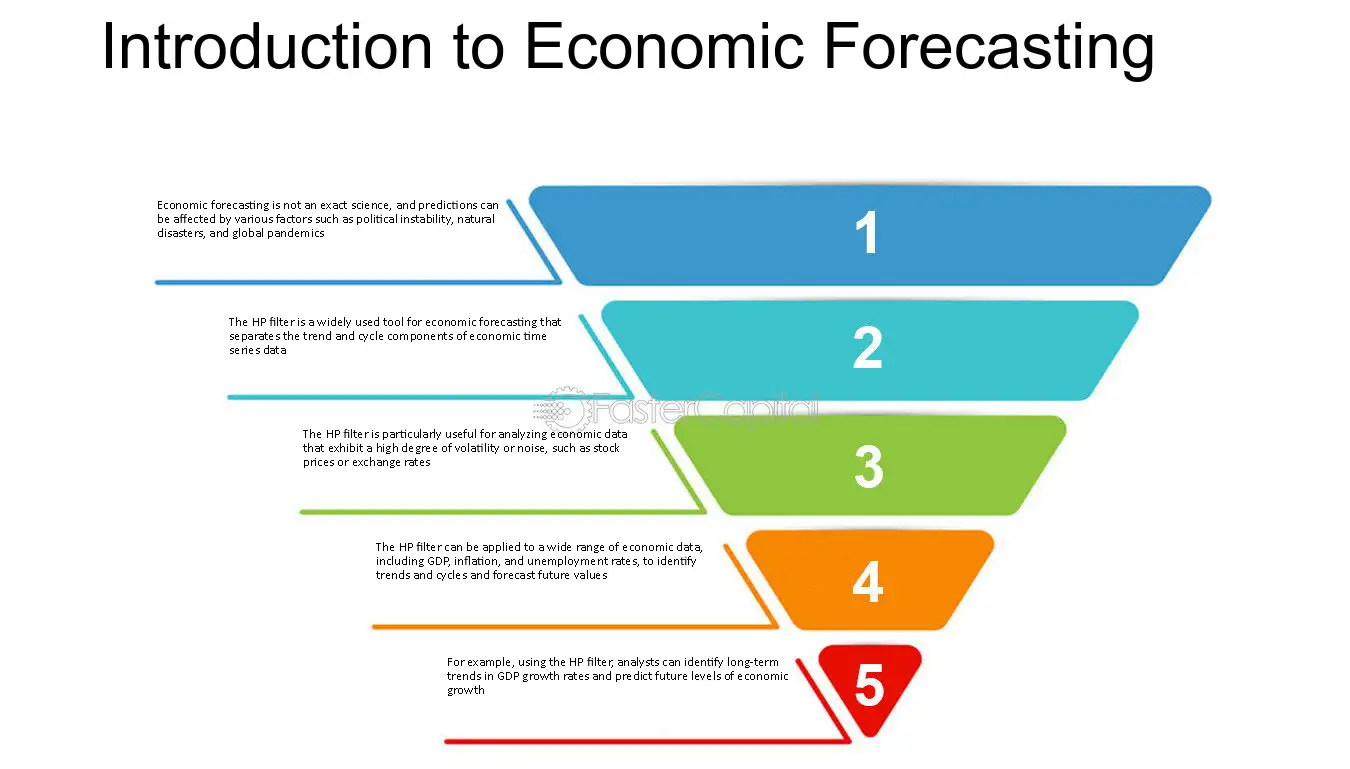Competitive Advantage Defined Simply
Mia Wilson

Photo: Competitive Advantage Defined Simply
Competitive Advantage Defined Simply: How Businesses Stay Ahead in the Game
In today’s fast-paced business world, companies constantly strive to outperform their rivals. But what exactly makes one company better than another? The answer lies in a concept known as competitive advantage. Whether you’re an entrepreneur, a manager, or just curious about business dynamics, understanding competitive advantage can provide clarity on how firms succeed in competitive markets. This article will explore the meaning of competitive advantage, its types, strategies for gaining it, and real-world examples to solidify the concept.
What is Competitive Advantage?
Simply put, competitive advantage refers to the unique factors or attributes that allow a company to outperform its competitors. It’s what differentiates a company from others in the same industry and makes customers choose their products or services over alternatives. A firm with a strong competitive advantage can generate higher sales, maintain greater profitability, and secure a larger market share than its rivals.
Michael Porter, a renowned economist, and professor at Harvard Business School, popularized the concept in the 1980s. He emphasized that businesses must either deliver superior value to customers or produce comparable value at a lower cost to gain an edge over competitors.
Key Types of Competitive Advantage
Businesses can achieve competitive advantage in several ways. Below are the three primary types:
1. Cost Leadership
Cost leadership involves becoming the lowest-cost producer in an industry. Companies that adopt this strategy aim to offer products or services at a lower price than their competitors while maintaining acceptable quality. By minimizing production costs, businesses can attract cost-sensitive customers and dominate the market.
Example:
Walmart is a classic example of cost leadership. The retail giant leverages economies of scale, efficient supply chain management, and strong vendor relationships to keep costs low and offer low prices to customers.
2. Differentiation
Differentiation focuses on creating a product or service that is perceived as unique and superior in the market. Companies employing this strategy invest in innovation, branding, and customer service to stand out. Customers are often willing to pay a premium for differentiated products because of their added value.
Example:
Apple is known for its differentiation strategy. Its sleek product design, intuitive user experience, and strong brand identity set it apart from competitors in the tech industry.
3. Focus Strategy
The focus strategy involves targeting a specific niche market. Companies using this approach tailor their products or services to meet the unique needs of a particular segment, ensuring a competitive advantage within that niche.
Example:
Rolls-Royce applies a focus strategy by targeting the luxury automobile segment. Its high-quality craftsmanship and exclusivity appeal to a niche audience willing to pay a premium.
Building a Competitive Advantage
Gaining and maintaining a competitive advantage requires strategic thinking, market understanding, and continuous improvement. Here are some effective strategies businesses can use to build a competitive advantage:
1. Understand Customer Needs
Successful companies invest in understanding their customers’ preferences, pain points, and expectations. By aligning their offerings with customer needs, they can create a stronger connection and gain loyalty.
2. Invest in Innovation
Innovation drives differentiation. Businesses that innovate regularly can introduce new products, improve existing ones, and stay ahead of competitors. This applies not only to product features but also to processes and business models.
3. Enhance Operational Efficiency
Improving operational efficiency helps reduce costs and improve profit margins. Companies can achieve this by adopting lean manufacturing principles, optimizing supply chains, and using technology to automate tasks.
4. Build a Strong Brand
A strong brand creates trust, recognition, and emotional connection with customers. Companies that succeed in building a brand can leverage it as a long-term competitive advantage, as customers are more likely to remain loyal.
5. Focus on Talent Development
Employees are a company’s most valuable asset. Investing in employee training, fostering a positive work culture, and encouraging innovation can lead to better performance and higher customer satisfaction.
Challenges in Maintaining Competitive Advantage
While gaining competitive advantage is crucial, maintaining it is an ongoing challenge. Factors such as technological advancements, changing customer preferences, and new market entrants can erode a firm’s edge. Below are some common challenges businesses face:
1. Rapid Technological Changes
In industries driven by technology, staying ahead requires continuous innovation. Companies that fail to keep up with technological trends risk losing their competitive edge.
2. Global Competition
The globalization of markets has intensified competition. Firms must now compete not only with local players but also with international giants who may have superior resources.
3. Imitation by Competitors
When a company achieves significant success through a unique strategy, competitors often try to replicate it. This forces the original firm to continuously evolve and innovate to maintain its position.
Real-World Examples of Competitive Advantage
Amazon
Amazon’s competitive advantage lies in its customer-centric approach, vast product selection, and efficient logistics network. The company’s focus on fast delivery, seamless user experience, and innovation (e.g., Amazon Prime, AWS) has helped it dominate the e-commerce and cloud computing markets.
Tesla
Tesla has carved out a competitive advantage through its cutting-edge electric vehicle technology, strong brand reputation, and visionary leadership. The company’s focus on sustainability and innovation differentiates it from traditional car manufacturers.
Conclusion
In summary, competitive advantage is the secret sauce that helps businesses thrive in a competitive market. Whether through cost leadership, differentiation, or focus strategies, companies must find ways to offer better value than their rivals. Building a competitive advantage requires understanding customer needs, investing in innovation, improving efficiency, and fostering a strong brand. However, sustaining it demands continuous adaptation to market changes and proactive thinking.
For businesses and entrepreneurs, understanding and applying the principles of competitive advantage is essential for long-term success. By staying ahead of the curve, companies can not only survive but also prosper in today’s dynamic marketplace.
For You
View AllUnderstand Euro 6 emission standards and their impact on car manufacturing and air quality. Stay informed on environmental policy!
Mia Wilson
Learn how blockchain is powering the NFT market and what it means for creators.
Mia Wilson
Learn how VPS hosting boosts website performance and speeds up loading times.
Mia Wilson
Dive into the main causes of unemployment and how they affect the economy. Learn more about this critical issue!
Mia Wilson
Get insights into VPS hosting prices and how to choose an affordable plan.
Mia Wilson
Explore various economic forecasting methods and their importance in decision-making. Click to gain clear insights!
Mia Wilson
Education
View All
April 24, 2025
What Is Distance Education? Explained!
Discover how distance education works, its benefits, and how it’s transforming learning. Start your journey today!

April 17, 2025
What Is Secondary Education? Explained!
Learn about secondary education, its structure, and its role in shaping academic and career paths. Get insights today!

April 16, 2025
Why Is Education Important?
Explore why education is vital for personal growth, career success, and societal progress. Start learning now!





